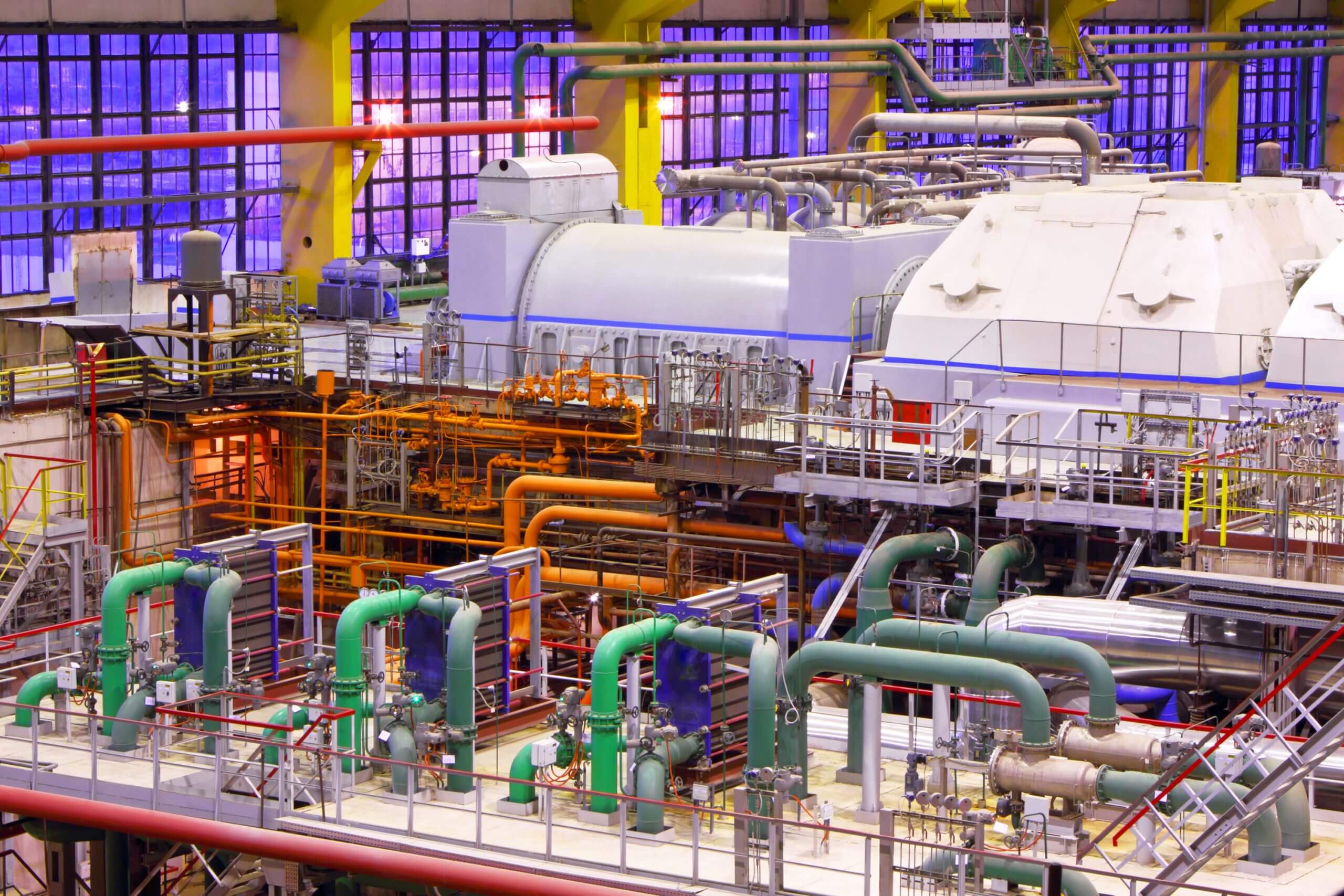Transformers are critical components of electrical power systems, responsible for stepping up or stepping down voltage levels to ensure efficient transmission and distribution of electricity. However, transformers are subject to various stresses and aging effects that can lead to their failure if not detected and addressed in a timely manner. This is where a transformer health observer system plays a crucial role.

Key components and functions of a transformer health monitoring system.
1. Sensors
The first component of a transformer health monitoring system is the sensors. These sensors are responsible for continuously monitoring various parameters of the transformer.
2. Data Acquisition System
The data acquired from the sensors needs to be processed and stored for further analysis. This is where the data acquisition system comes into play.
3. Communication System
In order to monitor the health of a transformer remotely, a communication system is essential. This system enables the transformer health monitoring system to transmit data from the data acquisition system to a central monitoring station.
4. Data Analysis and Visualization
The collected data is of no use if it is not analyzed and interpreted correctly. The data analysis and visualization component of a transformer health monitoring system is responsible for processing the collected data and extracting useful information from it.
Conclusion,A transformer health monitoring system is an essential tool for ensuring the reliable and efficient operation of transformers in electrical power systems. By continuously monitoring the health of transformers and providing valuable insights through data analysis, these systems help in minimizing downtime, optimizing maintenance schedules, and improving the overall reliability of the power system.